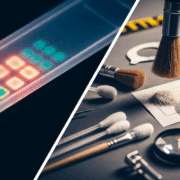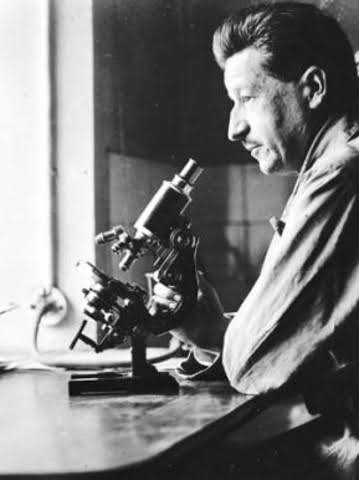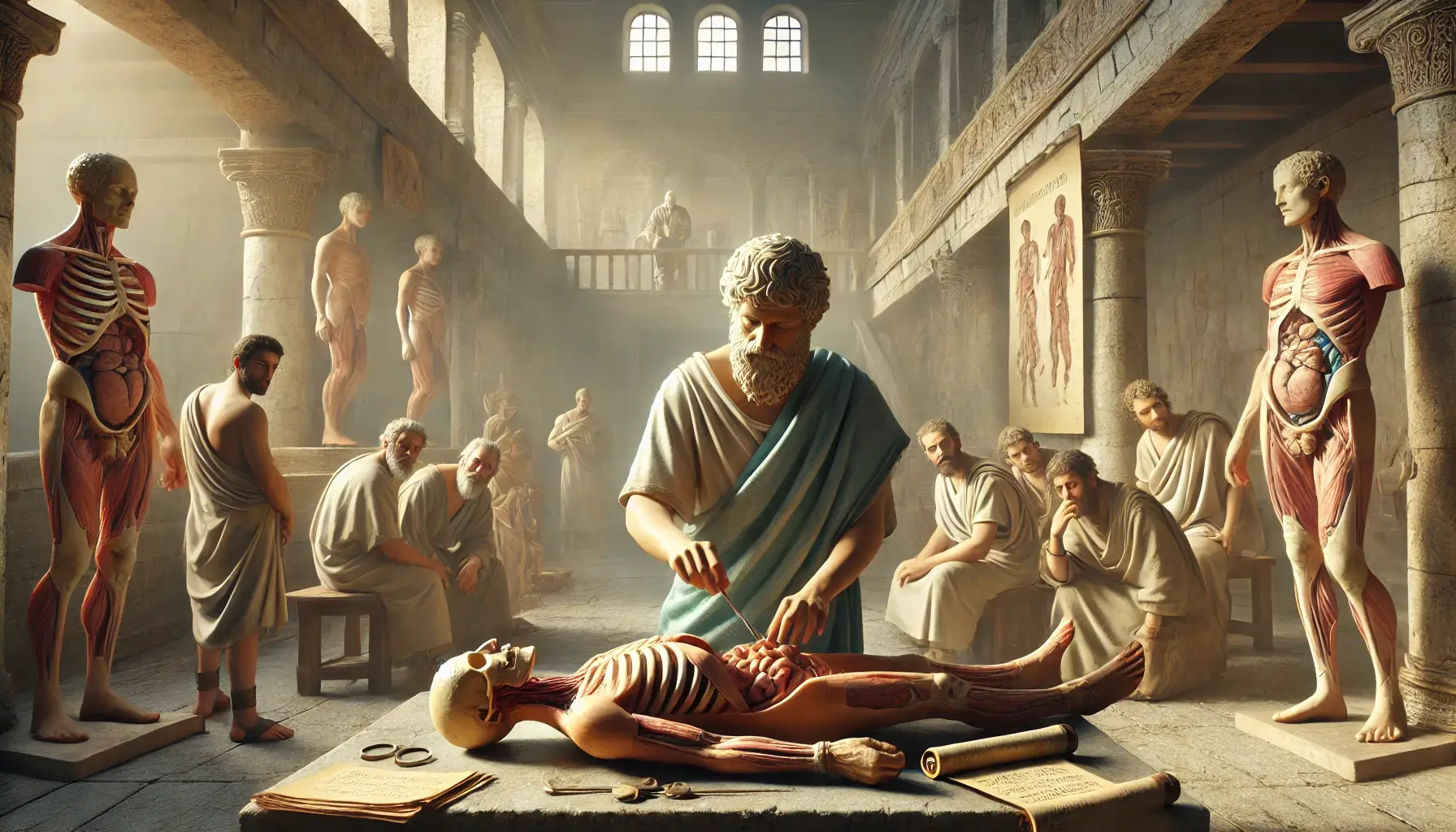Faulds was a Scottish doctor and missionary and a pioneer of the identification of people through their fingerprintsFingerprint, impression made by the papillary ridges on the ends of the fingers and thumbs. Fingerprints afford an infallible means of personal identification, because the ridge arrangement on every finger of every human being is Read Full Definition. Henry Faulds was born on June 1, 1843, in Beith, North Ayrshire. Faulds established the first medical mission in Japan in 1874, where he opened a hospital in Tokyo, a teaching faculty, and founded a society for the blind. Faulds also found the time to write two travel books, launch three magazines, halt a rabies epidemic and even cure a plague.
- A Humble Beginning
- The Call of Medicine and Missionary Work
- Forging Connections in Distant Lands
- A Multifaceted Legacy in Japan
- A Renaissance Man of His Time
- The Serendipitous Discovery
- A Pioneering Revelation
- Putting Theory into Practice
- Disseminating Groundbreaking Discoveries
- The Controversy and Battle for Recognition
- Perseverance in the Face of Adversity
- The Emergence of Other Pioneers
- A Lasting Legacy, Albeit Belated Recognition
- The Enduring Impact of Fingerprint Identification
- A Cornerstone of Forensic Science Education
- Conclusion: A Visionary’s Lasting Imprint

A Humble Beginning
Henry Faulds, born on June 1, 1843, in Beith, North Ayrshire, Scotland, began a journey that would forever transform forensic science
The Call of Medicine and Missionary Work
Faulds’ ultimate passion was medicine. At 25, he earned a physician’s license from Anderson’s College, leading to a career that intertwined medical science and missionary work. In 1871, he became a medical missionary for the Church of Scotland, driven by both faith and the desire to serve others.
Forging Connections in Distant Lands
In 1873, Faulds and his wife, Isabella Wilson, traveled to Japan, where he established a medical mission under the United Presbyterian Church of Scotland. This mission included a hospital and a teaching facility for Japanese medical students, marking the beginning of his transformative work in both medicine and forensic science.
A Multifaceted Legacy in Japan
During his time in Japan, Faulds introduced Joseph Lister’s antiseptic methods to Japanese surgeons, revolutionizing medical practices. His humanitarian efforts extended to founding Japan’s first society for the blind, Rakuzenkai, and establishing lifeguard stations to prevent drowning accidents.
A Renaissance Man of His Time
Fluent in Japanese, Faulds published two books on his travels in the Far East, wrote numerous academic articles, and launched three magazines. His intellectual curiosity spanned multiple disciplines, making him a true Renaissance man of his era.
The Serendipitous Discovery
While working alongside archaeologist Edward S. Morse, Faulds became fascinated by ancient clay artifacts with distinct fingerprint impressions. This discovery sparked his interest in the uniqueness of fingerprint patterns, leading to his groundbreaking realization that fingerprints could serve as a powerful identification tool.
A Pioneering Revelation
Through careful observation and experimentation, Faulds confirmed that the ridges on each person’s fingertips were unique, like an immutable signature. This discovery would eventually lead to the use of fingerprinting in criminal investigations, revolutionizing forensic science.
Putting Theory into Practice
Faulds had an opportunity to test his theory when his hospital in Tokyo was burglarized, and a colleague was falsely accused of the crime. By comparing the fingerprints found at the scene with those of the suspect, Faulds demonstrated their dissimilarity, proving the colleague’s innocence and solidifying his belief in fingerprinting as a reliable identification method.
Disseminating Groundbreaking Discoveries
In October 1880, Faulds published his landmark paper, On the Skin-Furrows of the Hand, in Nature. This article not only discussed fingerprint identification but also introduced the method of recording fingerprints using printer’s ink, a technique still used today.
The Controversy and Battle for Recognition
Despite Faulds’ pioneering work, his contributions were met with controversy. Sir William Herschel, a British civil servant in India, claimed he had used fingerprints for identification since 1860, sparking a dispute over who deserved credit for the discovery.
Perseverance in the Face of Adversity
Undeterred by the controversy, Faulds continued to advocate A person who aligns themselves with the patient, providing emotional support, referral services for follow-up, contact with social services, legal assistance, arrangements for transportation, presence in court, and for other needs. Read Full Definition for fingerprinting. In 1886, he offered his system to Scotland Yard, but it was rejected due to a lack of extensive evidence
A person who aligns themselves with the patient, providing emotional support, referral services for follow-up, contact with social services, legal assistance, arrangements for transportation, presence in court, and for other needs. Read Full Definition for fingerprinting. In 1886, he offered his system to Scotland Yard, but it was rejected due to a lack of extensive evidence
The Emergence of Other Pioneers
Though Faulds’ contributions were initially overlooked, his work paved the way for others. In 1892, Francis Galton published a book on fingerprinting, followed by Edward Henry’s establishment of a fingerprint bureau at Scotland Yard in 1901, cementing fingerprinting’s role in criminal investigations.
A Lasting Legacy, Albeit Belated Recognition
Despite facing adversity and lack of recognition during his lifetime, Faulds’ contributions eventually gained the recognition they deserved. After his death in 1930, memorials were erected to honor his role in the development of fingerprint identification.
The Enduring Impact of Fingerprint Identification
Fingerprint identification has since become one of the most reliable forensic techniques, with an astounding probability of 1 in 64 billion that two individuals share the same pattern. This technology has been instrumental in solving countless criminal cases and securing convictions based on irrefutable evidence.
A Cornerstone of Forensic Science Education
Faulds’ work has become a fundamental part of forensic science education. Institutions like the University of Strathclyde, where Faulds once studied, have dedicated state-of-the-art forensic facilities that ensure his legacy continues to shape the future of forensic investigations.
Conclusion: A Visionary’s Lasting Imprint
Henry Faulds’ journey serves as a testament to perseverance and the relentless pursuit of knowledge. His pioneering work in fingerprint identification forever changed forensic science, helping secure justice for countless individuals. As we reflect on his achievements, Faulds’ legacy continues to inspire future generations of forensic scientists to push the boundaries of discovery.
Who was Henry Faulds and what is he known for?
Henry Faulds was a Scottish physician and missionary, best known for his pioneering work in the field of fingerprint identification. His groundbreaking research laid the foundation for the use of fingerprints in forensic science and criminal investigations.
What was Henry Faulds’ significant contribution to forensic science?
Faulds’ significant contribution to forensic science was his discovery of the uniqueness of fingerprint patterns. He demonstrated that these patterns could serve as a personal signature, and this revelation became the basis for the field of fingerprint identification.
How did Henry Faulds prove the effectiveness of his fingerprint identification theory?
Faulds proved the effectiveness of his fingerprint identification theory when his Tokyo hospital was burgled. He compared the fingerprints left at the crime scene with those of a wrongly accused suspect, proving their dissimilarity and securing the suspect’s release.
What was the impact of Henry Faulds’ work on modern forensic science?
Faulds’ work has had a profound impact on modern forensic science. His research on fingerprint identification has become a cornerstone of forensic science education and is widely used in criminal investigations. His discovery has helped solve numerous crimes and secure convictions based on irrefutable evidence.











